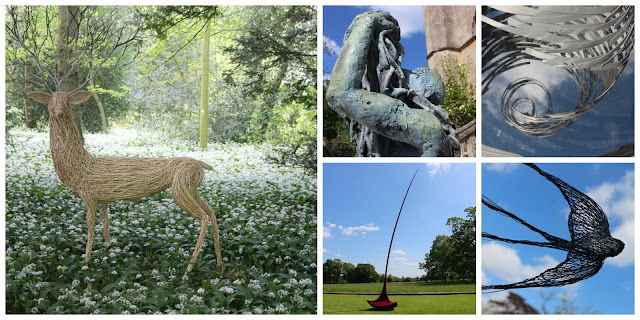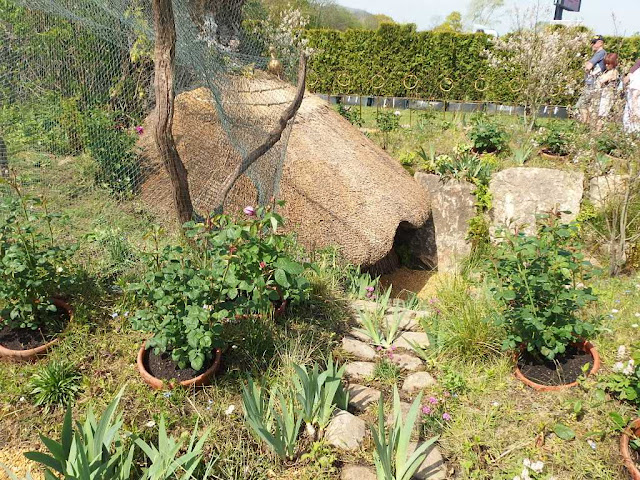The Lost World of Capability Brown
 |
| A selection from the Elements of Capability exhibition at Lacock Abbey on show until May 22nd 2016 |
Keen garden historians are spoilt for choice this year with plenty of events lined up to celebrate 300 years since Capability Brown's birth. With around 250 commissions over his extremely busy lifetime, there are plenty of his landscapes to view around the country.
Instead, I've learnt recently about the intriguing 'lost world' of Capability Brown, as not everything he did has been preserved. I have a sense of irony here as he did exactly the same with many of his commissions. It's quite hard to find any gardens which pre-date Brown and his contemporaries as they swept away the past so they could fulfil their vision of what landscapes should be.
As mentioned previously, Lacock Abbey was one of Brown's commissions here in Wiltshire, so I was keen to learn more by visiting the Elements of Capability exhibition last week. However, to my surprise Lacock Abbey is part of that lost world; the team at Lacock know Brown was employed there, but not what he did.
Instead we have an exhibition of sculptures based on the key elements of Brown's designs - his managed landscape of fields, specimen trees, open water, focal points and big skies.
I still enjoyed the exhibition immensely and had a think about which elements of the Abbey's landscape might have been Brown's. To my untrained eye, the view from the ha-ha into the fields beyond the Abbey looks a good candidate, as it's full of specimen trees scattered around the landscape in a pleasing way.
I also thought one sculpture looked awfully familiar - the top middle one above - and I realised exactly why that was when I got home. Chris Beardshaw had the bronze version of this work in his show garden at RHS Chelsea last year.
 |
| Gardening amidst the ruins: a tribute to Capability Brown |
Meanwhile at RHS Malvern Spring Festival earlier this month, a show garden presented jointly by Wyvale Garden Centres and the Historic Royal Palaces was used to demonstrate some of the lost and lesser known aspects of Capability Brown's work.
Research at Hampton Court Palace for Brown's tercentenary has revealed he loved creating gardens from medieval moats and ruins. These smaller gardens were a particular feature of his early work. Roses were plunged into half-submerged pots and were often used to line walkways and paths. Repeat flowering roses were unknown in Brown's time, so the roses for his gardens were raised in succession, with fresh pots replacing those that had finished flowering.
At Hornby Castle, it's been discovered that the moat there was converted at first by Brown into an aviary/menagerie, then into a rose garden. Here the exotic animals and birds strutted beneath netted tents supported by rustic posts. Then serpentine gravel paths were developed, lined by rose trees in pots partially buried in the ground.
It's these features which are represented by the Gardening amidst the ruins show garden seen above, along with architectural fragments borrowed from Hampton Court to represent the recent discoveries made in the Palace's archives. It was a hot day, so the garden's jolly chickens had retreated to the shade beneath the netting and couldn't be persuaded to pose for my photo.
It's turning out to be a fascinating year. I wonder what further discoveries will be made about Capability Brown before his tercentenary is over?
Over at Sign of the Times...
More sculpture from Lacock Abbey:
- Altered Images - a reflective piece which I thought had something to say about the way Capability Brown altered the landscape
- A Friday Bench - an almost inevitable contribution from this blog ;)










Comments
Post a Comment
I love hearing from you and welcome thoughtful conversations :)
Comments aiming to link back and give credence to commercial websites will be composted!